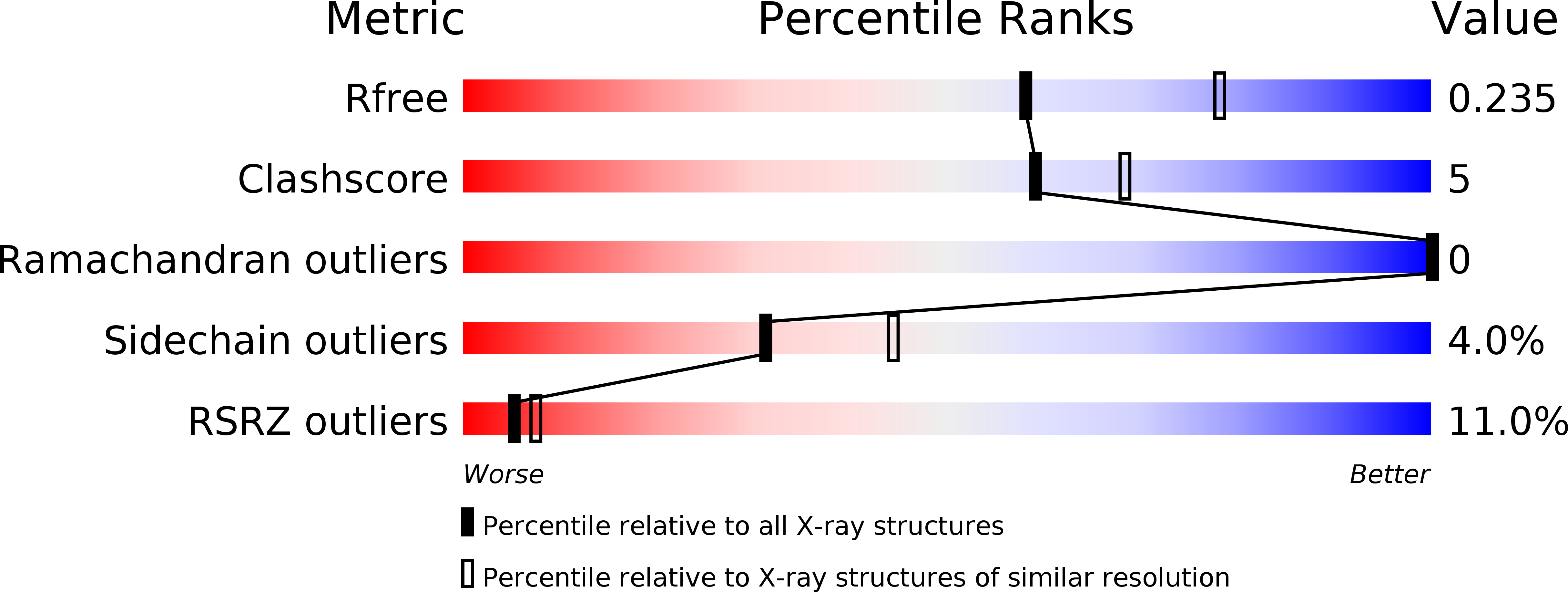
Deposition Date
2007-12-10
Release Date
2008-05-13
Last Version Date
2024-05-08
Method Details:
Experimental Method:
Resolution:
2.30 Å
R-Value Free:
0.23
R-Value Work:
0.20
R-Value Observed:
0.20
Space Group:
P 1 21 1


